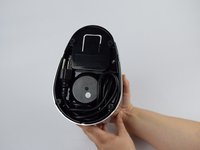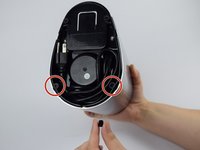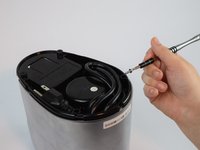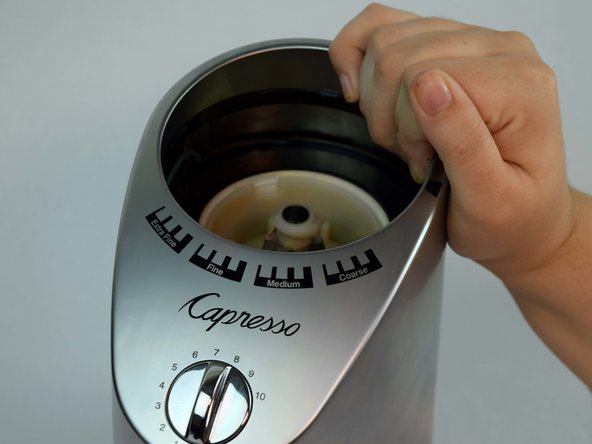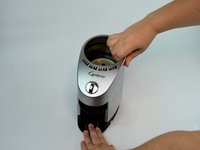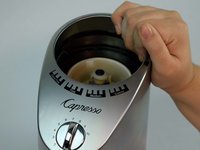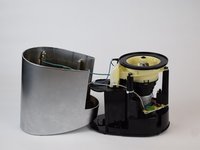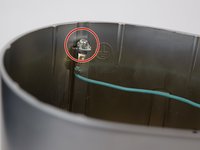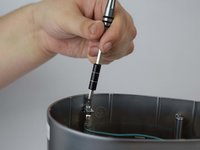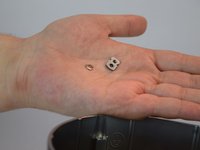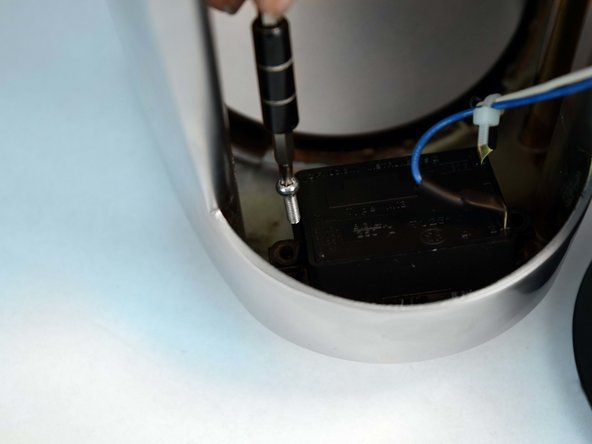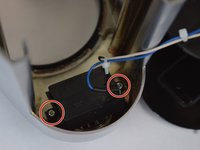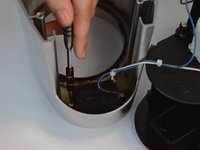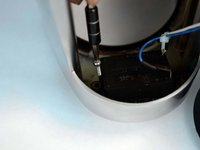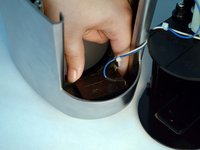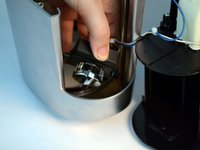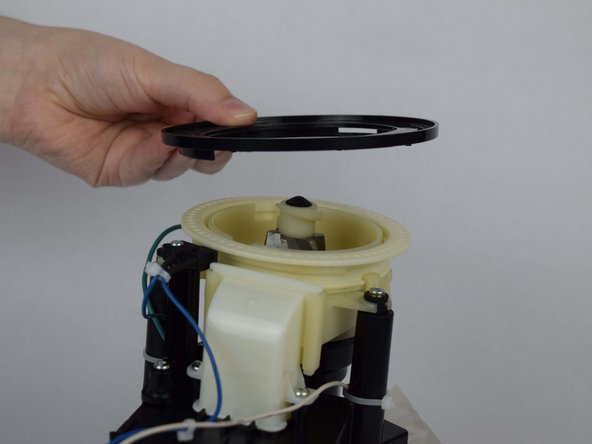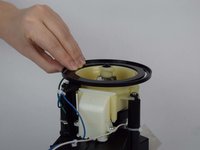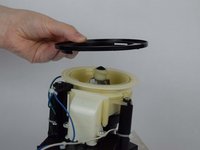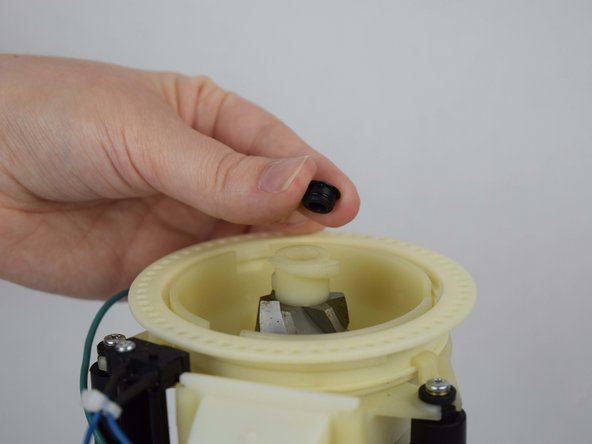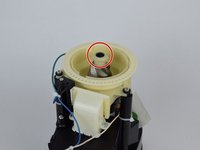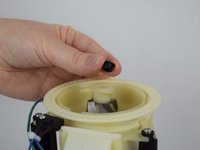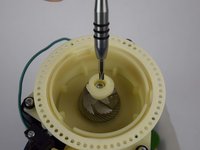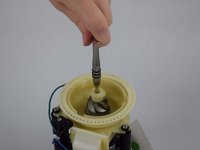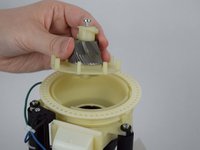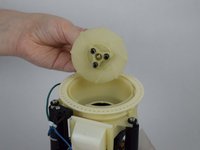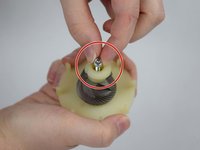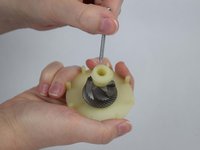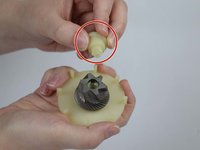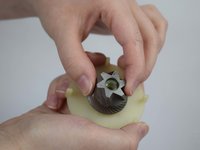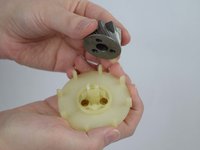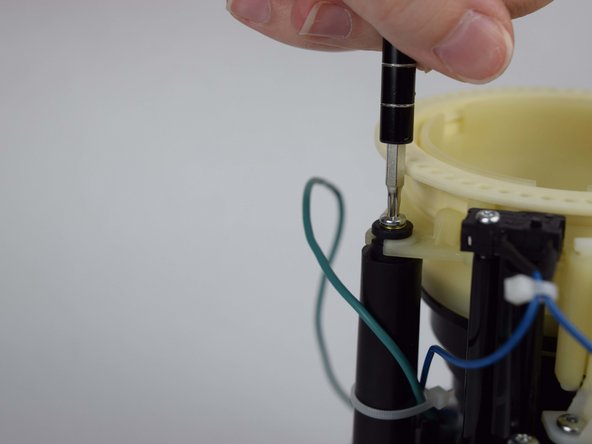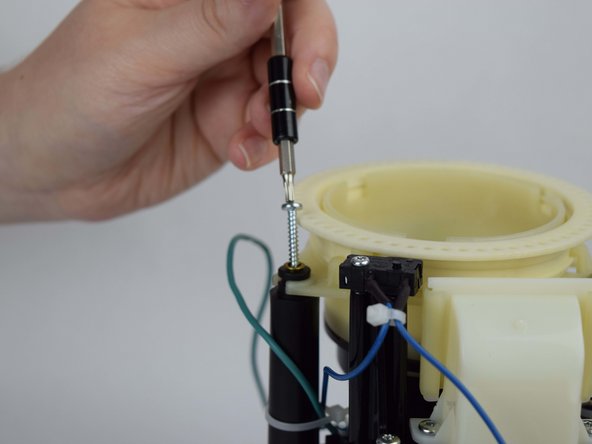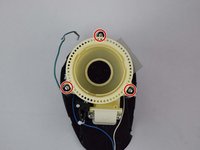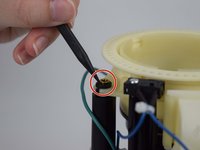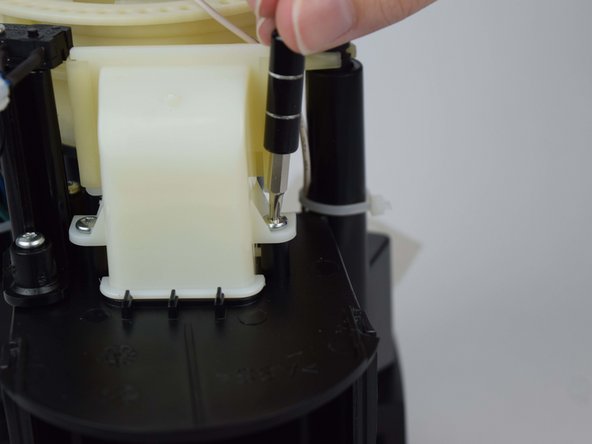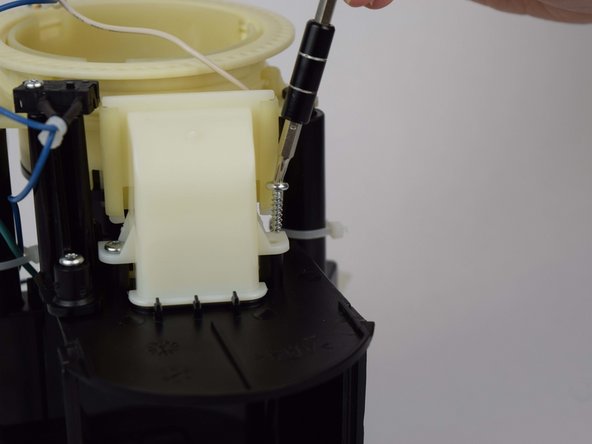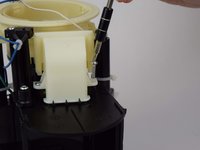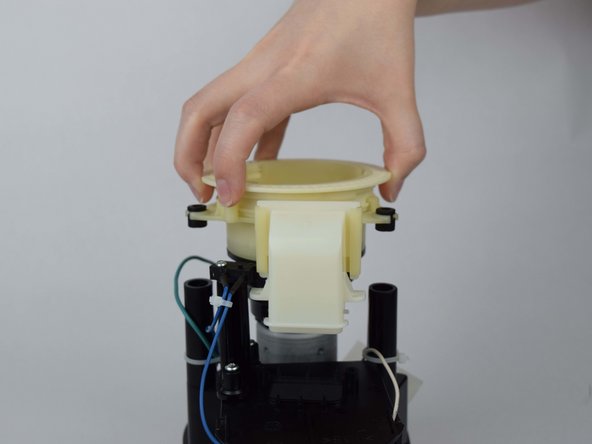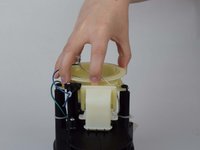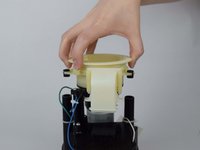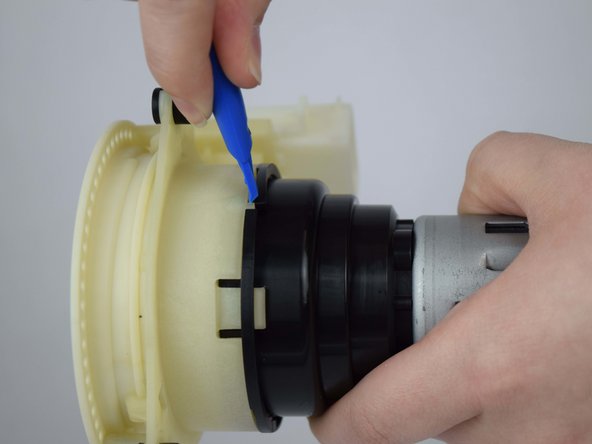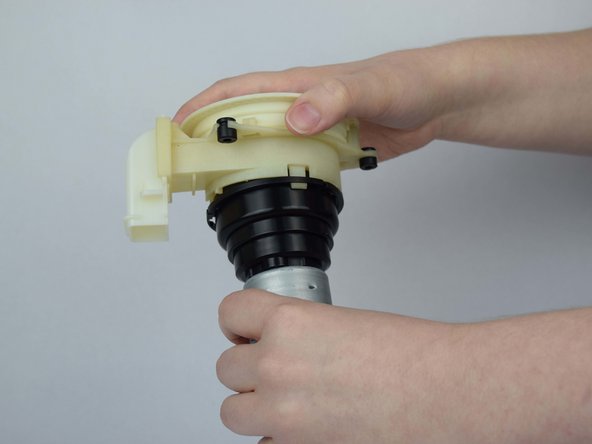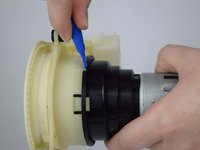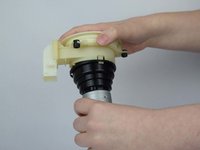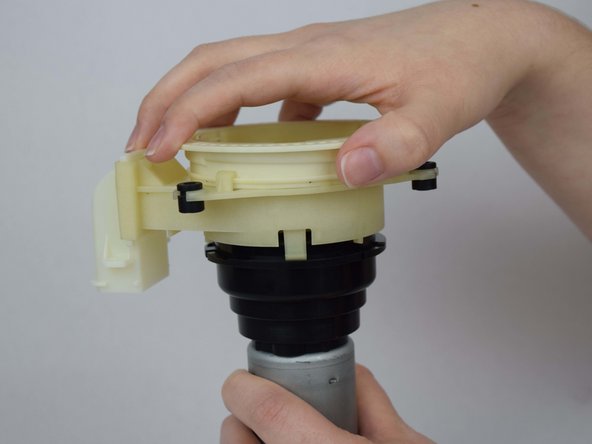crwdns2915892:0crwdne2915892:0
Is your Capresso Infinity not grinding your coffee even though it’s plugged in? Is the Grinder making odd noises, or seems like its not turning as fast as it should? If so here is the guide to fix the problem by replacing the motor. All you need is a Torx Security T10 Bit, Spudger, Opening Tool, and Soldering Iron.
crwdns2942213:0crwdne2942213:0
-
-
Twist the top plastic container to the left counterclockwise.
-
Pull upwards to remove.
-
-
-
Twist the top burr to the left counter clockwise.
-
Pull upwards to remove.
-
-
-
Flip entire device upside down.
-
Remove two rubber coverings on the back of the device.
-
-
-
Lift the metal outside casing off the black base.
-
Flip the outside casing forward so you have access to the inside of it.
-
-
-
Remove one 11.59mm T10 screw.
-
Let the green wire fall, or place somewhere so it doesn't get in the way.
-
-
-
Remove the time/on switch by pulling upwards.
-
-
-
-
Grab the edge of the plastic black ring that sits on top of the device and gently pull up to release.
-
-
-
Remove the black rubber knob atop the bottom burr by gently pulling up.
-
-
-
Partially remove one 47.20mm T20 screw.
-
-
-
Remove the bottom burr piece by pulling upwards.
-
-
-
Remove the loosened screw by pulling it upwards.
-
-
-
Grip the plastic piece at the top of the conical burr and pull upwards to remove.
-
Grip the metal burr, and pull upwards to slide it off the plastic base.
-
-
-
This is the correct position of bearings and springs when the screw and bottom burr are removed.
-
-
-
Remove the three 19.61 mm T10 screws surrounding the white plastic burr housing.
-
-
-
Pry up the gold colored screw castings for each hole using a spudger.
-
Remove all three gold castings and set them aside for reassembly.
-
-
-
Remove the two 13.60 mm T10 screws holding the bean chute to the base.
-
-
-
Pull the white plastic burr housing and motor up and out of the base.
-
Place the motor and white plastic burr housing aside for future soldering.
-
-
-
Remove rubber wraps covering both wires solder points using a metal spudger.
-
-
-
Remove the two wires from the motor by unsoldering them.
-
Place the base aside to continue working on the motor.
-
-
-
Locate the three knobs preventing the white plastic burr housing from being removed from the motor. They are all along the seam.
-
Pry the seam between the two pieces down enough to allow each knob to slide counterclockwise with an opening tool.
-
Twist the white plastic burr housing as far counterclockwise as you can.
-
-
-
Lift up the white plastic burr housing and separate it from the motor.
-
To reassemble your device, follow these instructions in reverse order.
To reassemble your device, follow these instructions in reverse order.
crwdns2935221:0crwdne2935221:0
crwdns2935229:05crwdne2935229:0
crwdns2947412:013crwdne2947412:0
In step 20, I suggest marking which motor terminals the red and black wires connect to so they may be reattached correctly. It is a DC motor so polarity is important. The motor will spin backward if wired incorrectly.
I have a Capresso 565 with a burnt out motor. If I buy a 560, can I just swap out the stainless steel for the plastic? They look like the same unit with that one exception.
Where did you find the replacement motor?
I have a Nivona CafeGrano 135, which is technical identical. I was able to remove the entire Motor unit.
In Germany, it can be bought, e.g. here: https://komtra.de/jura-ersatzteile/jura-...
(unfortunately for the same price like a new grinder.)
Is it possible to remove the motor from the black plastic? It should be possible to just replace the motor….
I have the plastic-housing version of this unit. I removed the (four) rubber feet, but underneath there was nothing but blank plastic, even though the structure looked exactly like there should be screws there.
The solution: the plastic housing is held in place by four latches around the base, each visible in a slot between the housing and the base. Pry them apart, and you can then pop the plastic housing off. (You may have to work your way around several times before the first latch doesn’t re-latch while you’re working on the other ones.)












